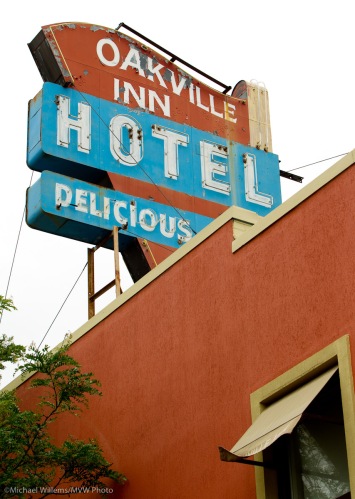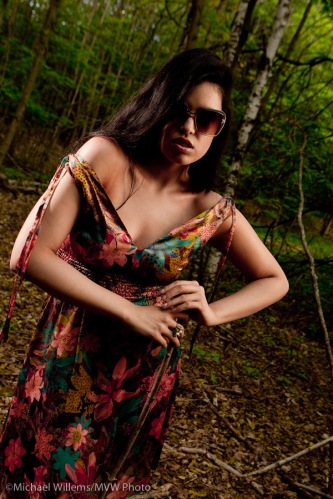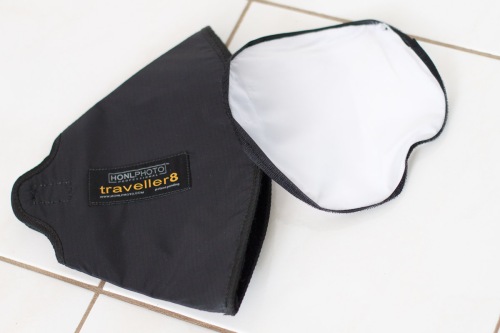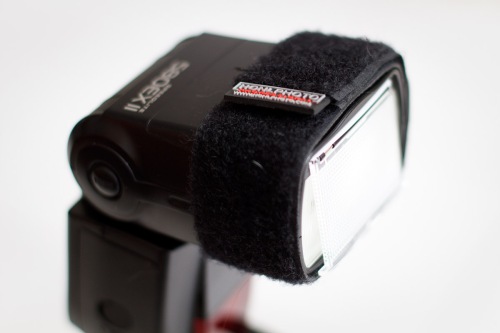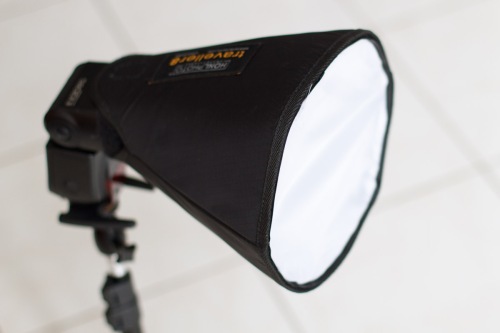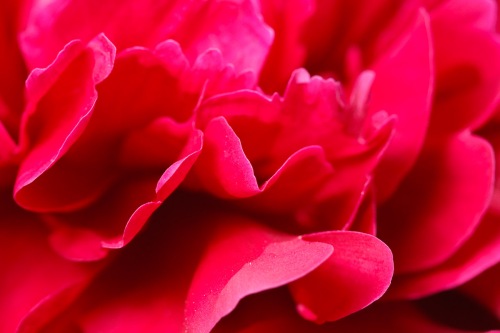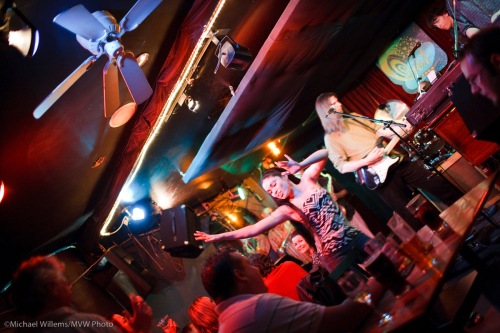Or, wheat and chaff.
Your point-and-shoot camera has two types of functions:
- Essential photographic ones. These are the same on all cameras.
- Fluff that is camera specific and is designed to market, or to “make it simple” but actually makes it complicated.
Your point and shoot especially has many “value added” functions. “Super OIS”. “Multi AI Focus”. “Oriental Food Mode”. “Child Mode”.
Those are like the radio programming functions in your car. Nice, perhaps, or maybe not – but not part of driving. And they can (and do) confuse.
So you should learn:
- How to do basic settings (like size) and functions (like reviewing and formatting).
- How to focus accurately.
- How to use exposure compensation.
- How to force the flash ON, and how to force it OFF.
- How to use ISO.
- How to use White Balance.
Those are photography. If you learn those six things, you will be a photographer. Whether or not you know the three Super OIS settings or the seven Image Enhance Options is pretty irrelevant, or at least should be an option later – but only after you know the essentials above.
Rule of thumb: If a function is unique to your camera, it’s probably not necessary and may even get in the way. It is certainly going divert your attention from the essentials, unless you already know those.

